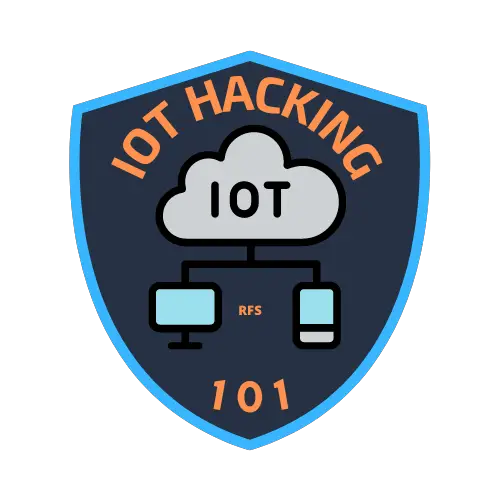In today’s interconnected world, the Internet of Things (IoT) has become ubiquitous, seamlessly integrating into our daily lives and revolutionizing industries ranging from healthcare to manufacturing.
However, amid this technological advancement lies a critical concern: IoT security vulnerabilities.
These vulnerabilities pose significant threats to both individual privacy and the integrity of critical infrastructure systems.
In this article, we delve into the intricacies of IoT security vulnerabilities, explore their implications, and discuss strategies to mitigate these risks.
Table of Contents
Understanding IoT Security Vulnerabilities
IoT devices, ranging from smart thermostats to industrial sensors, are characterized by their interconnections and ability to collect, process, and transmit data autonomously.
While this functionality offers unprecedented convenience and efficiency, it also creates a broad attack surface for malicious actors to exploit.
Common Vulnerabilities:
- Weak Authentication and Authorization: Many IoT devices ship with default or easily guessable credentials, leaving them vulnerable to brute force attacks.
- Lack of Encryption: Inadequate encryption protocols or the absence of encryption altogether can expose sensitive data to interception and tampering.
- Unpatched Firmware: Manufacturers often neglect to provide regular firmware updates, leaving devices susceptible to known vulnerabilities.
- Insecure Network Communication: IoT devices may transmit data over unencrypted channels or lack proper validation of data sources, making them susceptible to eavesdropping and spoofing attacks.
- Insufficient Physical Security: Physical access to IoT devices can compromise their integrity, allowing attackers to manipulate hardware components or extract sensitive information.
Implications of IoT Security Breaches
The consequences of IoT security breaches extend far beyond individual devices, with potential ramifications on a global scale:
- Privacy Violations: Breached IoT devices can compromise personal data, leading to identity theft, blackmail, and unauthorized surveillance.
- Disruption of Critical Infrastructure: Vulnerabilities in IoT devices deployed within critical infrastructure systems, such as power grids and transportation networks, can result in widespread service disruptions and economic losses.
- Botnet Recruitment: Compromised IoT devices are often recruited into botnets, enabling large-scale distributed denial-of-service (DDoS) attacks capable of crippling online services.
- Intellectual Property Theft: Infiltration of IoT devices in corporate environments can facilitate the theft of intellectual property and sensitive business information.
Mitigating IoT Security Risks
Addressing IoT security vulnerabilities requires a multifaceted approach involving manufacturers, consumers, and policymakers:
- Implement Robust Authentication Mechanisms: Manufacturers should enforce strong password policies and implement multi-factor authentication to prevent unauthorized access.
- Encrypt Data Transmission: Employ end-to-end encryption protocols to safeguard data integrity and confidentiality during transit.
- Regular Firmware Updates: Manufacturers must commit to providing timely security patches and updates to address known vulnerabilities.
- Network Segmentation: Isolate IoT devices within dedicated network segments to minimize the impact of potential breaches and limit lateral movement by attackers.
- Security by Design: Integrate security considerations throughout the entire IoT product lifecycle, from design and development to deployment and maintenance.
- Regulatory Frameworks: Governments should establish and enforce regulations mandating minimum security standards for IoT devices, incentivizing manufacturers to prioritize security.
Conclusion
As the IoT ecosystem continues to expand, addressing security vulnerabilities becomes paramount to safeguarding both individual privacy and critical infrastructure.
By understanding the nature of these vulnerabilities, their potential consequences, and adopting proactive security measures, stakeholders can mitigate risks and ensure a more secure IoT landscape for all.
Together, let us fortify the digital frontier against emerging threats, securing the promise of a connected future.
Join the Newsletter!

